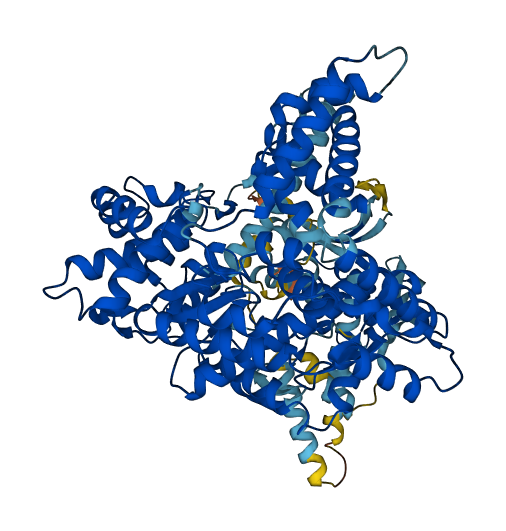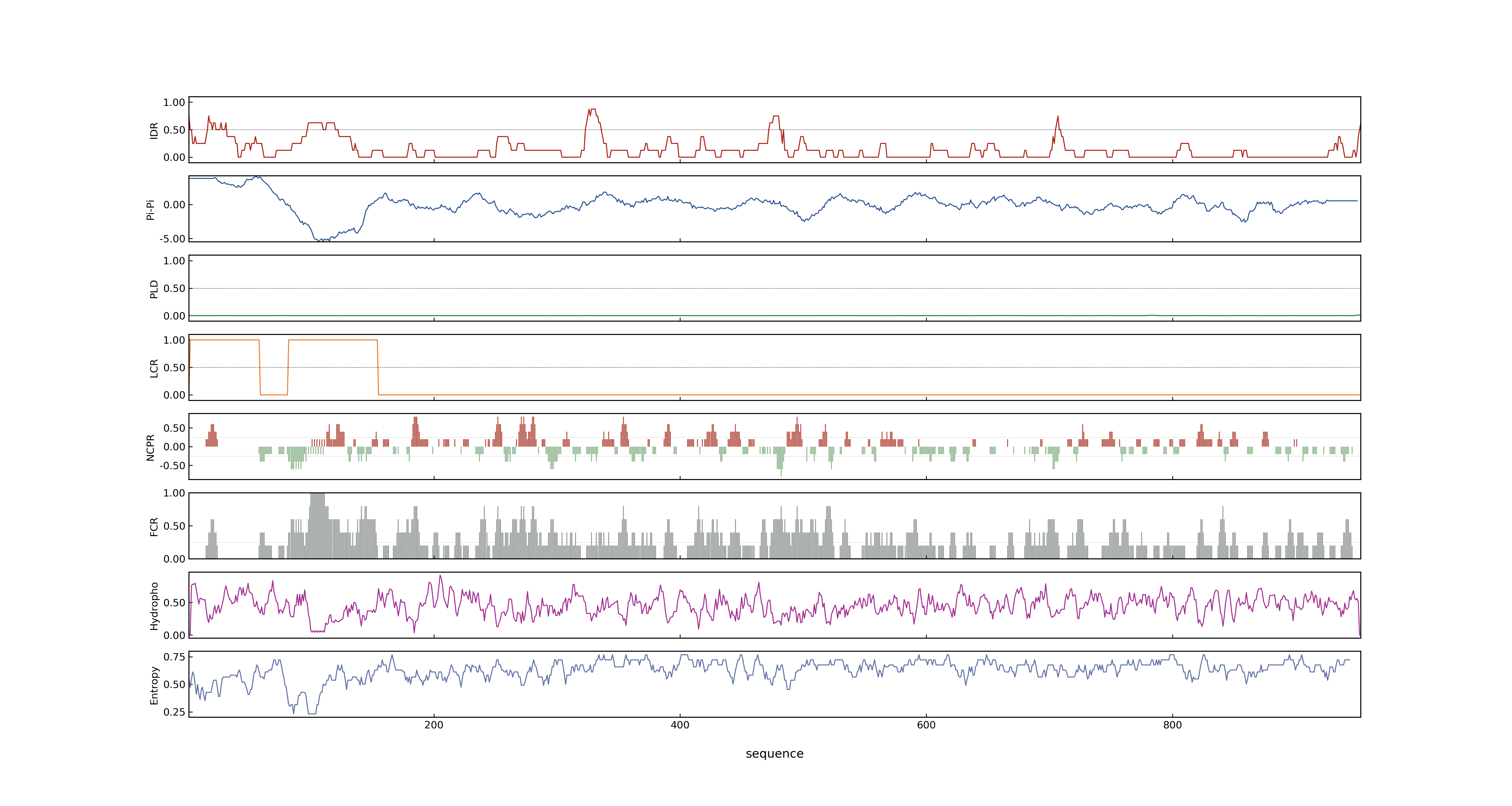- Information
- Symbol: OsRpoTp
- MSU: LOC_Os06g44230
- RAPdb: Os06g0652000
- PSP score
- LOC_Os06g44230.1: 0.0779
- PLAAC score
- LOC_Os06g44230.1: 0
- pLDDT score
- 89.03
- Protein Structure from AlphaFold and UniProt
- MolPhase score
- LOC_Os06g44230.1: 0.35730993
- MolPhase Result
- Publication
- Characterization of a rice nuclear-encoded plastid RNA polymerase gene OsRpoTp, 2004, Plant Cell Physiol.
- The virescent-2 mutation inhibits translation of plastid transcripts for the plastid genetic system at an early stage of chloroplast differentiation, 2004, Plant and Cell Physiology.
- Genbank accession number
- Key message
- Expression analyses of the chloroplast-deficient rice mutant, virescent-1, showed a discrepancy between OsRpoTp protein accumulation and the level of transcripts of NEP-transcribed genes
- Accumulation of transcripts of nuclear-encoded photosynthetic genes, such as cab and rbcS, was strongly suppressed in the mutant at later stages of chloroplast differentiation, whereas transcripts of genes for the plastid transcription apparatus, such as OsRpoTp and OsSIG2A, accumulated to abnormally high levels at these stages
- We demonstrated by reverse transcription-PCR experiments and immunoblot analysis that OsRpoTp expression occurred at an early stage of leaf development, prior to the transcript accumulation of the genes that were transcribed by the nuclear-encoded plastid RNA polymerase (NEP)
- Connection
- OsRpoTm, OsRpoTp, Characterization of a rice nuclear-encoded plastid RNA polymerase gene OsRpoTp, We isolated and characterized two rice genes, OsRpoTp and OsRpoTm, that encode putative phage-type RNA polymerases
- OsRpoTp, OsSIG2A, The virescent-2 mutation inhibits translation of plastid transcripts for the plastid genetic system at an early stage of chloroplast differentiation, Accumulation of transcripts of nuclear-encoded photosynthetic genes, such as cab and rbcS, was strongly suppressed in the mutant at later stages of chloroplast differentiation, whereas transcripts of genes for the plastid transcription apparatus, such as OsRpoTp and OsSIG2A, accumulated to abnormally high levels at these stages
Prev Next

